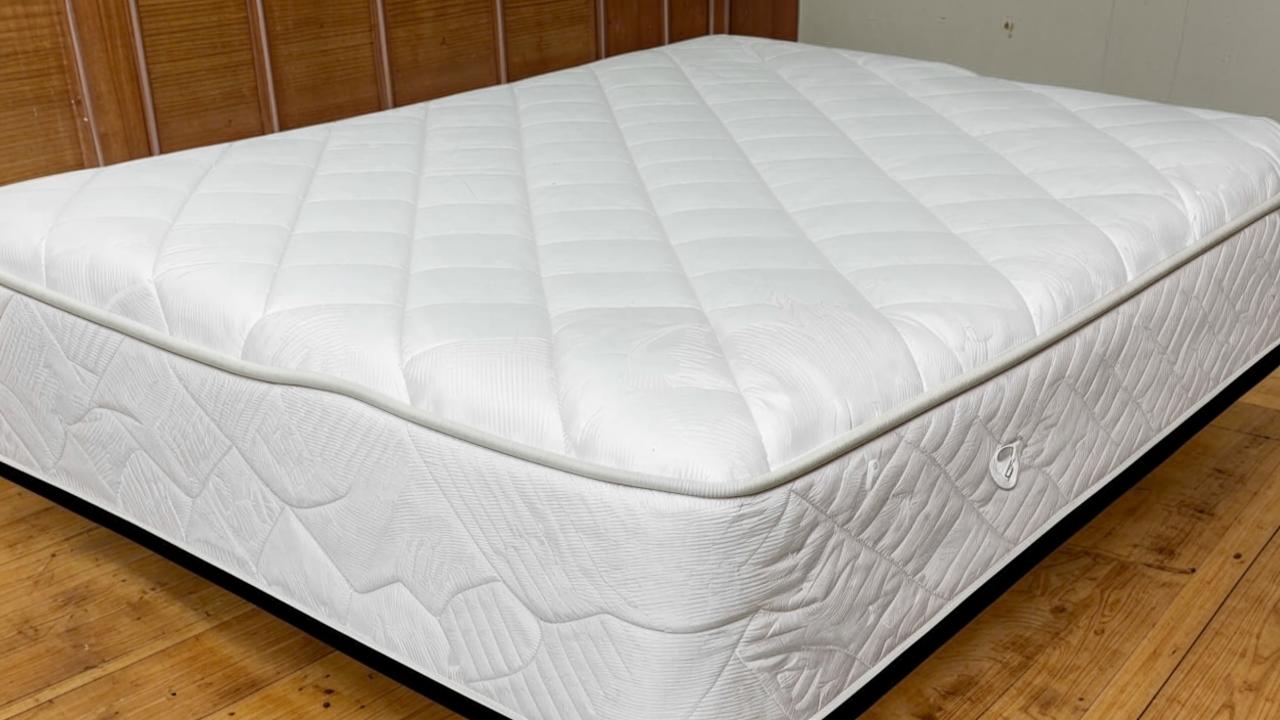leading doctor – orthopedic traumatologist, podiatrist (specialist in foot diseases)
Each attribute of sleep requires a separate study, and today we will talk about mattresses.
For a full quality sleep, many conditions must coincide:
- the right time;
- the state of the body;
- illumination;
- humidity;
- noise reduction;
- body position;
- support of its anatomy and much more.
Which mattress to choose
Each person is individual in their preferences. That is why some people prefer to sleep on a very soft surface (a la grandmother’s down featherbed), while others prefer a hard, comparable to a board surface. Read about how the heroine slept on a board here.
Modern mattresses allow to take into account individual features of a person. Models have dozens and hundreds of combinations of materials used, each of which has its own characteristics of rigidity, elasticity and durability.
However, to assess the convenience of use, mattresses are logically divided into five classes of stiffness:
- soft;
- medium-soft;
- medium firm;
- medium-firm;
- firm.
As well as two equally important attributes of mattress construction – spring or springless.
Spring or springless
This is, without exaggeration, almost the main question, which the buyer should answer himself before choosing the degree of rigidity. The presence of a spring block in the construction of the mattress with the same set of materials as in its springless version significantly changes the feeling of use.
As a rule, springless mattresses are used as guest or dacha mattresses. Less often – due to their own preferences because of their great elasticity.
Springless mattresses are also an optimal solution for those families in which children can jump on the bed, which for spring structures is a highly undesirable load.

Modern spring mattresses are not those with elements that can stick out of the surface and even injure during sleep. Today, they are spring units that have their own characteristics of elasticity and stiffness. Each mattress consists of many such blocks, which are formed into separate areas (as a rule, the mattress is based on one type of spring block).
In turn, spring mattresses are more adaptive to the physiological features of the owner, provide a wide range of stiffness, have a preventive orthopedic effect, compared to springless models.
A modern spring mattress is based on an independent spring block and combines a set of layers of comfortable filling in its various variations: soft natural latex, material with memory effect – memori, elastic hollofiber, natural and hard coconut coir.
A spring mattress is more adapted for long sleep and rest, it helps to recover faster after daytime exertions and provides a high degree of comfort.
In the design of mattresses often make several zones, each of which is adapted to the individual anatomical features of a person.
What else to consider
The choice of a mattress consists of two main aspects: individual preferences of a person and medical indications determined by a doctor.
Which mattress to choose for an adult
In the absence of a special prescription from a doctor, everyone can be guided by personal feelings and preferences in choosing a softer or stiffer mattress. It is advisable to strike a balance and avoid taking mattresses that are too soft or too stiff to provide optimal support for both the spine and all muscles.

Also a significant factor in selecting the right mattress is the buyer’s own weight. It is worth bearing in mind that the degree of stiffness of a particular mattress model can be perceived differently at a weight of 40 kg and at a weight of 150 kg. The standard weight of the buyer, for which the manufacturer calculates the mattress stiffness, is 75-80 kg.
For people with a higher weight (from 120 kg), very stiff mattresses are not recommended.
With such a combination, the buyer’s proper blood flow and oxygen supply to the soft tissues may be impaired during sleep and rest. The mattress will seem uncomfortable, and sleep will be short and episodic due to the need to change the position of the body frequently.
As a rule, the principle “younger age – harder mattress, older – softer” works. However, it is necessary to remember about individual peculiarities – injuries, hernias, protrusions and related recommendations of the attending physician.
Which mattress is better for a child’s sleep
Mattresses of medium firmness or stiffer are recommended for children. A child’s spine is still forming and surfaces that are too soft may not provide enough support.





